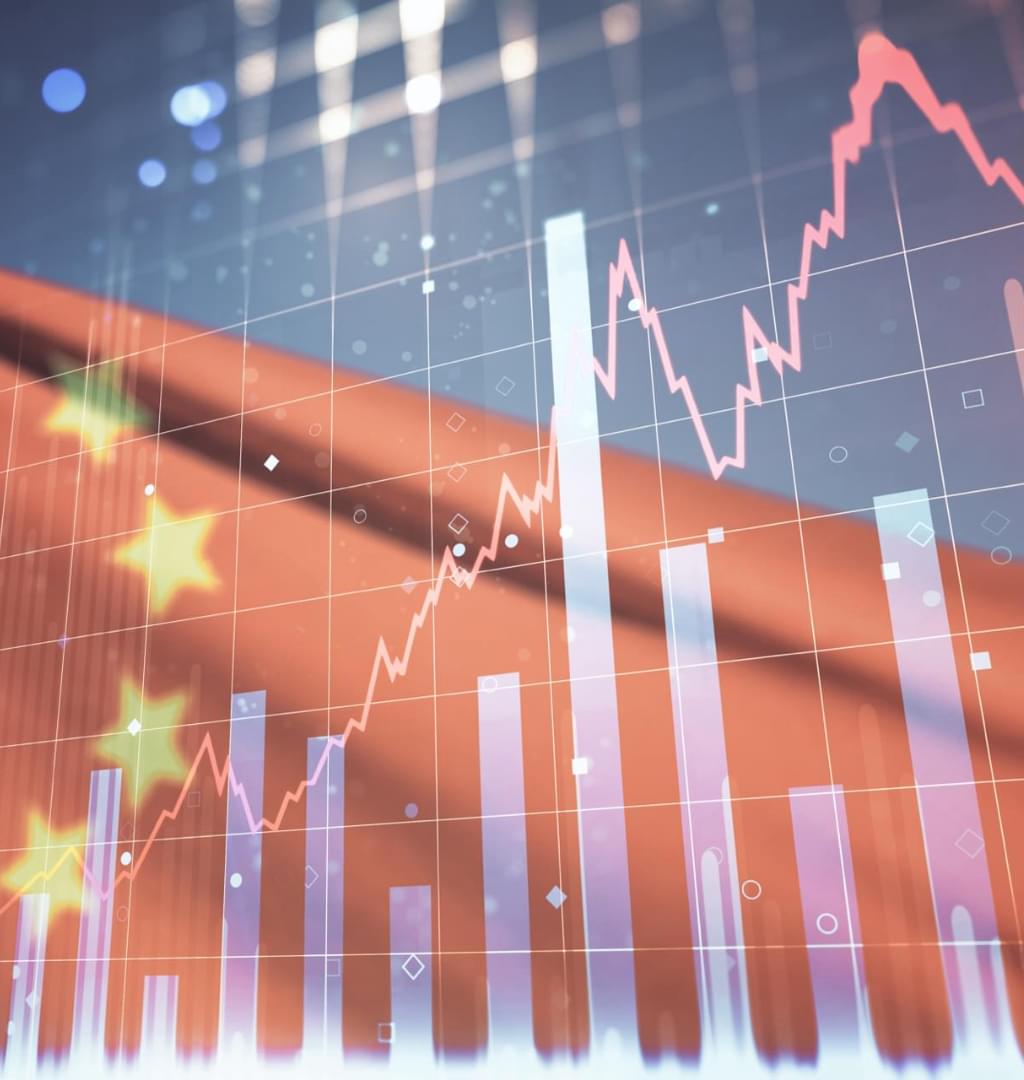Equity Market Reforms In China
Filed in: Momentum |Investment |Pensions |Savings |Economy
03 June 2024
Equity Market Reforms In China
Key Points Summary
- Tiananmen Square Incident: This month marks 35 years since the Tiananmen Square protests, which ended tragically with military intervention
- Economic Reforms: Post-Tiananmen reforms restarted in 1992 under Deng Xiaoping, reducing SOEs' roles and boosting private entrepreneurship and economic growth..
- Recent SOE Reforms: SOE reforms have accelerated recently,focusing on better governance and financial performance through new strategies and indicators.
- Investor Protection Regulations: New policies, including the 315 Policy series and the '9 Point Guideline,' aim to improve financial performance and protect investors with higher dividends and share buybacks.
- Investment Appeal: While markets remain confident, voter sentiment is impacted by rising costs and uneven economic gains, potentially affecting views on the administration's performance.
This month marks 35 years since a pivotal moment in modern Chinese history, the Tiananmen Square incident. In April 1989, after the death of ousted Chinese Communist Party (CCP) leader Hu Yaobang, university students led large-scale protests in Beijing, demanding democratic, social, and economic reforms. The situation escalated, and on the night of June 3rd, the military moved into Tiananmen Square, resulting in a tragic loss of civilian lives. The event is famously remembered by the image of a lone protester standing in front of oncoming tanks.

The role of State Owned Enterprises (SOE)
Following Tiananmen, China’s economic reforms stalled as the CCP sought to solidify its political power. However, progress resumed in 1992 when Deng Xiaoping, China's then-leader, toured the country's special economic zones. These zones, established in the early 1980s, played a crucial role in economic reforms. This period saw a reduction in the role of state-owned enterprises (SOEs), which allowed for private entrepreneurship to flourish, driving economic growth. In 2003, the State-owned Assets Supervision and Administration Commission (SASAC) was created to oversee SOEs, becoming one of the largest economic entities in the world.
Recently, SOE reform has picked up speed. Starting with the 'Three-Year Action Plan' in November 2022, the goal has been to improve corporate governance and communication. In March last year, SASAC introduced new performance indicators for central SOEs, focusing on return on equity and cash flow generation. With over 200 million Chinese retail investors in domestic equities, the CCP recognizes the importance of improving financial performance to keep the emerging middle class content, especially as the property market becomes less attractive for wealth creation.
Addressing Market Volatility in the Chinese Equity Markets
This year, regulators have introduced several policies to address market volatility in Chinese equity markets. In March, the China Securities Regulatory Commission’s 315 Policy series encouraged companies to increase dividend payouts and share buybacks. This led to changes in listing rules on the Shenzhen and Shanghai stock exchanges in April, where companies that didn’t meet these requirements were marked as ‘Special Treatment’ stocks. The State Council also introduced a ‘9 Point Guideline’ in April to strengthen investor protection and warn companies with low or no dividend payouts.
Opportunities For Active Fund Managers
These developments are positive for investors in China, but careful selection is crucial. Under Xi Jinping, state-driven policies are becoming more common, replacing market-led reforms. Listed SOEs that align with government goals often receive benefits like cheaper financing and subsidies. Active fund managers are increasingly interested in SOEs with strong strategies for financial performance.
Historically, many institutional investors avoided Chinese SOEs. However, attitudes might be changing. Despite ongoing geopolitical tensions and challenges in China’s relationship with the West, the combination of low valuations, improved profitability, and a focus on shareholder returns could make Chinese SOEs an attractive investment opportunity.
